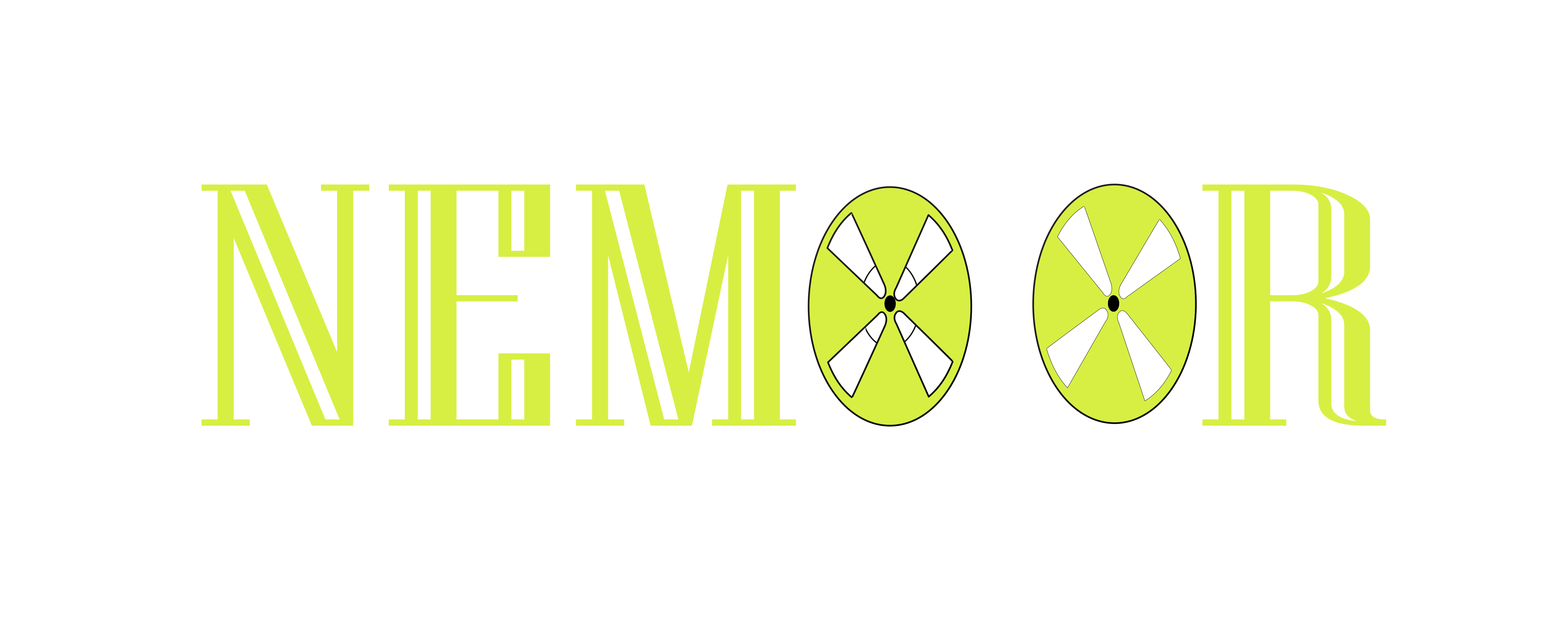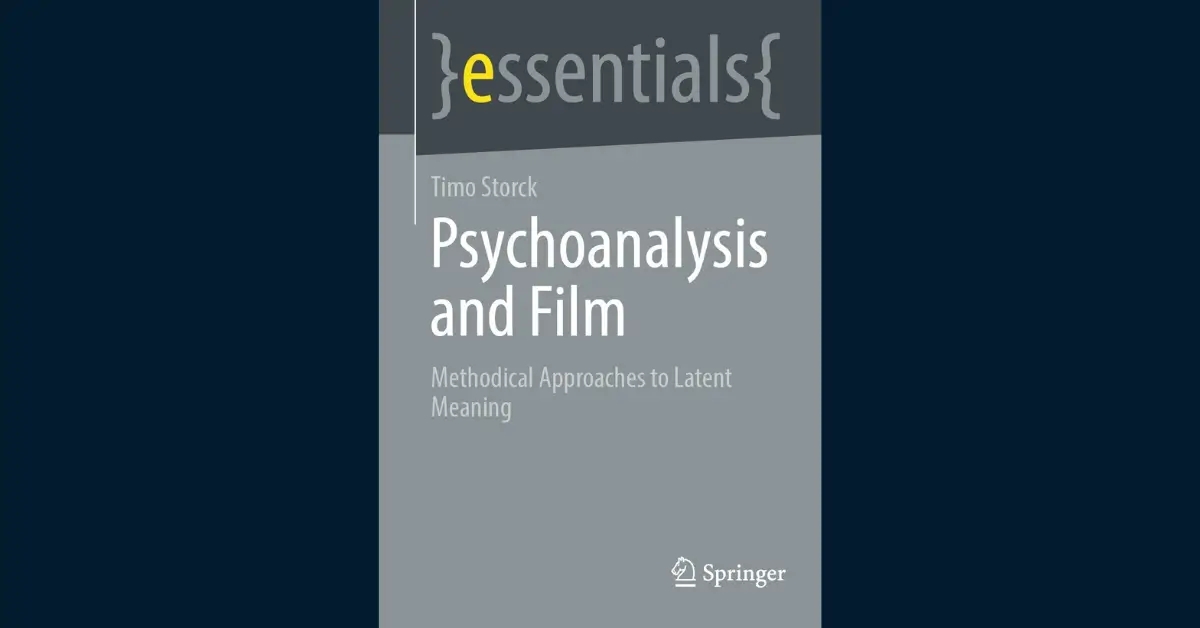Psychoanalysis and Film: Methodical Approaches to Latent Meaning – Unlocking the Unconscious on Screen
Cinema has always spoken the language of dreams fragmented, symbolic, emotionally raw. In Psychoanalysis and Film: Methodical Approaches to Latent Meaning, authors Hauke, Altfeld, and Roughton offer a dense but illuminating toolkit for decoding the psychological and unconscious currents running beneath the surface of film.
Thank you for reading this post, don't forget to subscribe!If you’re looking for mental health in cinema books that go beyond diagnosis and delve into deeper symbolic meaning, this book stands out. It’s not just about what mental illness looks like in film it’s about what it means in the broader context of human desire, repression, trauma, and identity.
📘 Book Overview
- Title: Psychoanalysis and Film: Methodical Approaches to Latent Meaning
- Editors: Christopher Hauke, Ian Altfeld, and Jonathan Roughton
- Published: 2021
- Genre: Psychoanalytic Film Theory / Film Studies / Psychology
- Focus: Practical and theoretical tools for interpreting unconscious meaning in cinema, using psychoanalytic frameworks.
🧠 What the Book Offers
🧩 Decoding the Hidden Mind of Movies
This book offers a rigorous, multi-author exploration of how psychoanalytic theory especially Freudian and Jungian can be systematically applied to film analysis. The goal is not just to explain what’s happening in the plot but to unearth what lies beneath: repressed trauma, unconscious drives, familial structures, and cultural anxieties.
Structured as both a theoretical primer and a practical guide, the book offers:
- Step-by-step methodologies for analyzing films through psychoanalytic frameworks
- Case studies demonstrating latent meanings in specific movies
- Explorations of trauma, gender identity, dream logic, and projection in film
- Tools for applying psychoanalysis in both academic and clinical settings
🎯 Ideal For
| Audience | Why It’s a Match |
|---|---|
| 🎓 Film Students & Scholars | Offers a structured way to analyze symbolic meaning beyond surface-level critique. |
| 🧠 Therapists & Analysts | Applies clinical psychoanalytic theory to a cultural and narrative form. |
| 🎬 Cinephiles | Deepens appreciation of art-house, surrealist, and psychological cinema. |
| 📚 Academics | A rich resource for teaching and researching film and mental health. |
⭐ Notable Features
- Frameworks for analyzing dream sequences, repression, and symbolic violence
- Jungian archetypes applied to narrative and character structure
- Freudian concepts such as the unconscious, transference, and the Oedipus complex
- Detailed case studies including films by Bergman, Lynch, Hitchcock, and Aronofsky
- Interdisciplinary dialogue between film studies, psychotherapy, and cultural analysis
🧠 Mental Health Themes Explored
Although more theoretical than diagnostic, the book closely engages with:
- Trauma & Repression: How trauma manifests symbolically in narrative or imagery
- Identity & Desire: Film as a medium that reflects the fragmented self
- Anxiety & Guilt: Recurring psychoanalytic motifs across film genres
- Dream Logic: Films as “dream texts” offering insight into the collective unconscious
- Projection & Transference: How viewers unconsciously identify with or reject characters
🎬 Sample Films and Concepts Explored
| Film / Director | Psychoanalytic Focus |
|---|---|
| Vertigo (Hitchcock) | Obsession, voyeurism, the death drive |
| Black Swan (Aronofsky) | Splitting, ego dissolution, perfectionism |
| Persona (Bergman) | Identity collapse, mirroring, trauma |
| Eraserhead (Lynch) | Anxiety, fatherhood, symbolic horror |
| The Piano Teacher (Haneke) | Repression, masochism, mother-child dynamics |
“A film is not only a story but a symptom of the filmmaker, of the culture, and of the psyche. To interpret cinema psychoanalytically is to treat it like a dream: fractured, disguised, and filled with coded truths.”
Christopher Hauke
📊 Accessibility vs. Academic Depth
| Category | Evaluation |
|---|---|
| Academic Rigor | 🔵🔵🔵🔵⚪ (Very High – suited for advanced readers) |
| Readability | 🔵🔵⚪⚪⚪ (Dense, theoretical – not for casual browsing) |
| Practical Value | 🔵🔵🔵⚪⚪ (Best for study, analysis, or therapy settings) |
| Emotional Impact | 🔵🔵🔵🔵⚪ (Films and themes discussed are deeply affecting) |
🛒 Where to Buy
📕 Buy Psychoanalysis and Film on Amazon
🎓 Also available from academic publishers and university libraries.
💡 Why This Book Matters for Mental Health in Film
If most books about mental health in movies help you recognize disorders or portrayals, Psychoanalysis and Film helps you understand the deeper why: why a filmmaker uses particular imagery, why characters act out repressed desires, and why certain films leave viewers disturbed, moved, or haunted.
Whether you’re analyzing trauma in The Babadook, repression in The Shining, or identity in Fight Club, this book equips you with the tools to go deeper than diagnosis and connect with the emotional and symbolic roots of cinema’s most powerful moments.
🧠 Final Thoughts
Psychoanalysis and Film: Methodical Approaches to Latent Meaning isn’t for everyone it’s dense, intellectual, and richly layered. But for those committed to decoding the hidden language of film and understanding mental health through symbolism, repression, and desire, it’s a treasure trove.
Perfect for clinicians, analysts, scholars, and curious minds who want to view cinema not just as entertainment but as an emotional, unconscious landscape.
Which film do you think best represents the unconscious mind?
Leave your thoughts below and grab the book to start analyzing your favorites through a whole new lens.

